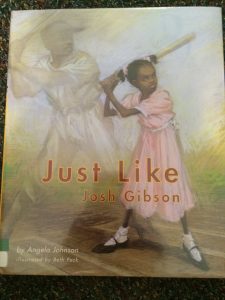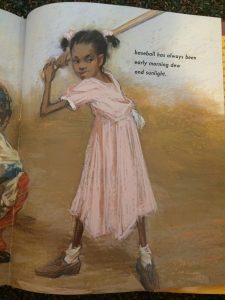 Author(s): Eve Bunting
Author(s): Eve Bunting
Illustrator/Photographer: Stephen Gammell
Publisher and Year: The Jewish Publication Society in 1989
Number of Pages: 28
Genre: Fiction
Analysis:
This story begins with a scene of animals in the woods, where everything seems to be going well until the “Terrible Things” come to the woods demanding to take different animals that have a specific trait like having feathers or being able to swim. The “Terrible Things” get away with taking the different creatures because none of the animals try to help the other ones because they do not want to make the “Terrible Things” angry with them. Therefore, group after group of animals are taken away by the “Terrible Things” until all the animals in the forest are gone, except for the one little rabbit who finally decides to go warn the other animals in the forest about what had happened.
This book is intentionally written as an allegory for the Holocaust, and therefore, this book can act as a window for children to learn about this tragic event from history. I also believe it can also act as a door to encourage children to stand up for others and to also question authority. This story shows the “Terrible Things” using coercion to assist in becoming more powerful, which illustrates how the Nazis gained their power in Germany in the 1940s. I believe that this story accurately depicts how the Holocaust occurred and how the people in Germany allowed it to happen, which was out of fear of questioning their authority figures and in hoping to save themselves. When first looking at this book, I noticed that the words are seen on both the top and the bottom of the pages, the “Terrible Things” are always placed at the top of the pages, and that there was no color used throughout the story. From page to page the text seems to be in a different location and I believe that this could represent the chaos that was occurring in the forest and the fact that nobody knew what was going to happen to the animals next. The illustrations within this text are extremely powerful because they are all black and white images and this lack of color exemplifies the dark and cold tone of the story. The images of the “Terrible Things” are always at the top of the page or above the other animals to symbolize their power and high status. I believe that the story itself is deep, but these images give another dimension and seriousness to the words being spoken.
The message that this story is trying to send the reader is that authority should be questioned because sometimes the reason they are powerful is because of the power the people have given them by not questioning them. I also believe that the story was also trying to explain the importance of standing up for others, especially those that do not have a voice.

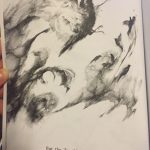
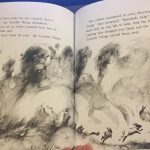
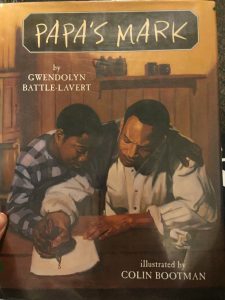 Author(s): Gwendolyn Battle-Lavert
Author(s): Gwendolyn Battle-Lavert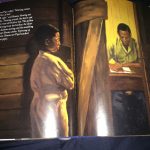
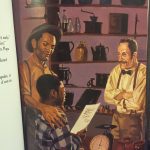


![2016-05-10_00.46.11[1]](https://blogs.iwu.edu/lrbmt2016/files/2016/05/2016-05-10_00.46.111-254x300.jpg)
![2016-05-10_00.44.45[1]](https://blogs.iwu.edu/lrbmt2016/files/2016/05/2016-05-10_00.44.451-300x188.jpg)

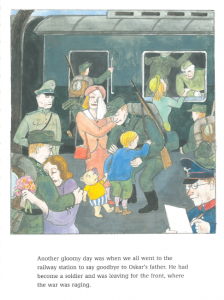
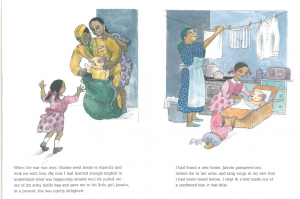
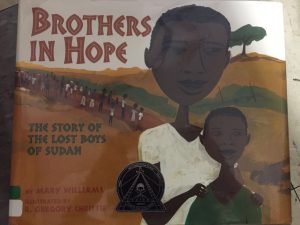
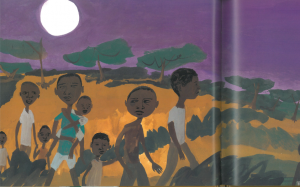
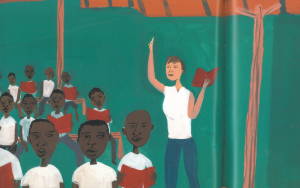
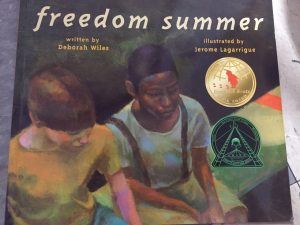
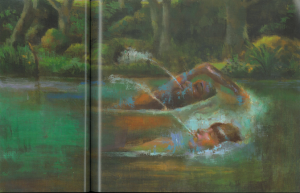
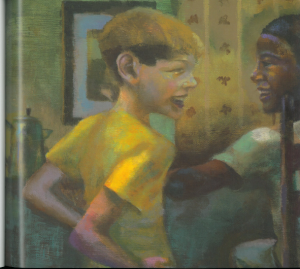
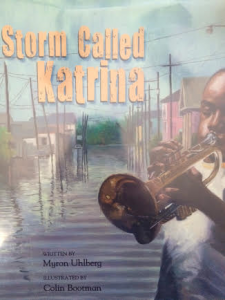
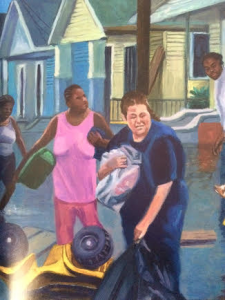
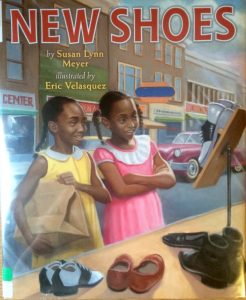 New Shoes is about a young African American girl, Ella Mae, who goes to the local shoe shop to get new shoes. But since it was during the time of Jim Crow laws Ella Mae was not allowed to try on any of the shoes because of her skin color. She found out that this was something that happened to every African American person, so Ella Mae and her best friend Charlotte decided to do something about it. They started their own shoe store by colleting old shoes and fixing them up to be as good as new. At their shoe shop everyone was able to try on all the shoes they wanted.
New Shoes is about a young African American girl, Ella Mae, who goes to the local shoe shop to get new shoes. But since it was during the time of Jim Crow laws Ella Mae was not allowed to try on any of the shoes because of her skin color. She found out that this was something that happened to every African American person, so Ella Mae and her best friend Charlotte decided to do something about it. They started their own shoe store by colleting old shoes and fixing them up to be as good as new. At their shoe shop everyone was able to try on all the shoes they wanted.
